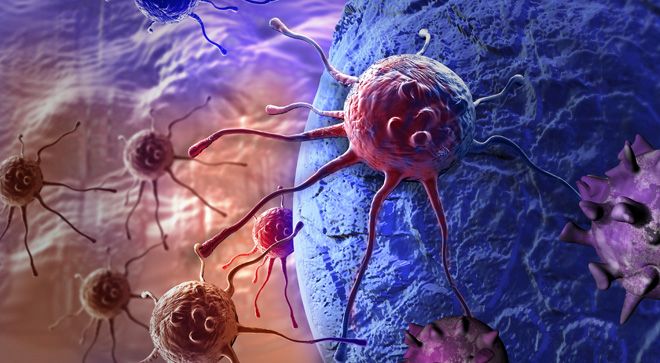The U.S. Food and Drug Administration (FDA) has approved Cabometyx (cabozantinib) for the treatment of adult and pediatric patients who are 12 years old and older with previously treated, unresectable, locally advanced or metastatic, well-differentiated pancreatic neuroendocrine tumors (pNET) and well-differentiated extra-pancreatic neuroendocrine tumors (epNET).
The effectiveness of Cabometyx for patients with NETs was determined in the phase 3 CABINET trial of patients with pNET and epNET.
The trial’s pNET cohort, the FDA reported, included 99 patients randomized to receive 60 milligrams of Cabometyx orally once daily or placebo until disease progression or unacceptable toxicity. The median progression-free survival was 13.8 months in the Cabometyx arm and 3.3 months in the placebo arm. The objective response rate was 18% and 0%, respectively. Overall survival data were not mature, with 32 (48% of patients) deaths in the Cabometyx arm and 17 (52% of patients) deaths in the placebo arm. Notably, 52% of patients in the placebo arm switched to treatment with Cabometyx, which the agency noted may impact the overall survival evaluation.
Among the 199 patients in the epNET cohort, the median progression-free survival was 8.5 months in the Cabometyx arm and 4.2 months in the placebo arm, while the objective response rate was 5% and 0%, respectively. Furthermore, overall survival data were not mature, with 83 (63% of patients) deaths in the Cabometyx arm and 40 (60% of patients) deaths in the placebo arm, while 37% of patients in the placebo arm switched to receiving Cabometyx.
Glossary:
Progression-free survival: the time a patient lives without their disease spreading or worsening.
Objective response rate: patients who responded partially or completely to treatment.
Overall survival: the time patients live, regardless of disease status.
The agency noted that the safety profile for Cabometyx was consistent with the approved product label. The recommended dose for adult and pediatric patients with a bodyweight of at least 40 kilograms, or approximately 88 pounds, is 60 milligrams orally daily until disease progression or unacceptable toxicity. The recommended dose for pediatric patients 12 years old and older with a bodyweight of less than 40 kilograms is 40 milligrams daily until disease progression or unacceptable toxicity.
The FDA has previously approved Cabometyx for other diseases such as thyroid cancer and renal cell carcinoma, a type of kidney cancer. It was announced in August 2024 that the FDA had accepted a supplemental new drug application for Cabometyx for pancreatic NETs.
Earlier this year, Dr. Jonathan R. Strosberg discussed the outcomes of the CABINET trial with CURE.
Strosberg is a professor at Moffitt Cancer Center and Research Institute in Tampa, Florida, specializing in the management of neuroendocrine malignancies.
“Cabometyx is an oral tyrosine kinase inhibitor and inhibits certain receptors on the cell surface, so that works mostly on VEGFR, although it does target other receptors, like MET,” he said. “There is another drug that's been on the market for over a decade called Sutent (sunitinib), which is approved for pancreatic NETs, but there's nothing from this class that's approved for GI-NETs. If approved by the FDA, this will be the first-in-class [treatment option] for patients with progressive GI-NETs.”
Regarding safety, Strosberg noted that “these drugs can cause high blood pressure. They can slightly increase the risk of cardiovascular events like heart attack or stroke. They can cause painful rash in the hands and feet, called hand-foot syndrome, diarrhea, tiredness is a big one and rarely liver function test abnormalities. Most patients can tolerate the full dose of 60 milligrams.”
For more news on cancer updates, research and education, don’t forget to subscribe to CURE®’s newsletters here.





